Increased investments in digitisation for flexibility and productivity
January 22, 2021 10:00 am
We are beginning to see machines with robotics, cell automation and more for higher output but in the areas of continuous productivity improvement, predictability and flexibility.
Productivity is accurately defined as a ratio of output volume in standardised units to input volume in the same units; and it’s simply a measure of how efficiently diverse production inputs are being used to produce a given level of output. However, when we talk of workplace productivity, we are referring to how much is accomplished in a specific work environment over a specified period. We expect and want workplace productivity to keep getting better and be maximised (optimised) in matured businesses. However, the market for mature products and services keeps getting more complex and challenging; throw into this black swan event like COVID-19 and it becomes something else.
The attempt being made here is not about how we deal with extraordinary situations but to look at a practical approach towards productivity with automation, connectedness, data, information and accomplishment in a wholesome manner that could be starting from the centre and branching out, or alternately starting at pain points and merging into the central system. Wholesome performance accomplishment is not one-dimensional; it improves the productivity along with quality, flexibility, and transparency that give an agile work environment which empower its people and its customers.

If we take the metal cutting component manufacturing business, machining is the core activity, cost and the technicalities of machining metals matter, but from the workplace productivity perspective there are hundreds of issues that impacts it and which are usually clouded from sight but addressed, it gives huge gains in a cost effective manner. The requirement now is how to look in deeply, relevant data, a process to make this data meaningfully and an index to show direction. This kind of meaningful connectedness is strictly not productivity but is a true productivity amplifier. So how we go about this is not usually a one size that fits all approach but understanding the unique requirements and adapting universal standards to get the best of both worlds.
In the Indian perspective, what we see from our customer is there has been lot of talking; some basic understanding of the linkages and some experimentation, adaption has been slow and painful. The reasons are largely to do with diverse unconnected equipment, availability of related infrastructure like connectivity and last mile issues. Competence and the ability to chart a roadmap are the key causes. However, over the last two years, there has been fair progress. Companies are adopting it by connecting devices on their equipment for monitoring them. They are tracking specific outputs like cutting time, idle time, the number of parts produced etc.
The initial automation adaptations are in areas of machine tending, painting, cleaning washing etc. there exists huge possibilities to adapt further in hazardous areas, repetitive environs etc. in line with social needs. We are beginning to see machines with robotics, cell automation and more for higher output but in the areas of continuous productivity improvement, predictability and flexibility requirements we have a long way to go in pushing the boundaries.
Data as an asset and the fuel for productive gain and flexibility is still in its infancy. Informed decision-making even in part tracing, scheduling, process tracking on shop floors are yet to be appreciated and used. Here, it is important to understand data in and while manufacturing products the other aspect is data from the product while it is being used by the customers. This feedback will be of immense impact and will revolutionise design manufacturing and even the business model of how the product will be monetised for new service opportunities and business models.
Typically, digital transformation is a continuous, long-term initiative with milestone markers. The engagement into it needs to evolve along the way. Thus, it is very important to have a partnering approach with creative financing as we move on. An evolving methodology – right from budgeting to tranche funding, and its accounting – is crucial to make it viable. Digitisation investments also have high obsolescence rates and a clear understanding, tight monitoring and speedy implementation from the successful pilot to full scale. Pilot scope expansions and a retardant to implementation is a double-edged sword that one needs to be very careful about. Summing up, we need to be clear about what we want to do with digitisation what are we trying to solve of it? Then comes the business impact that can be had – Flexibility, Agility, time to market Etc. each and all of this leads you to workplace productivity.
(This article was authored by: T K Ramesh, CEO, Ace Micromatic Group)
Cookie Consent
We use cookies to personalize your experience. By continuing to visit this website you agree to our Terms & Conditions, Privacy Policy and Cookie Policy.




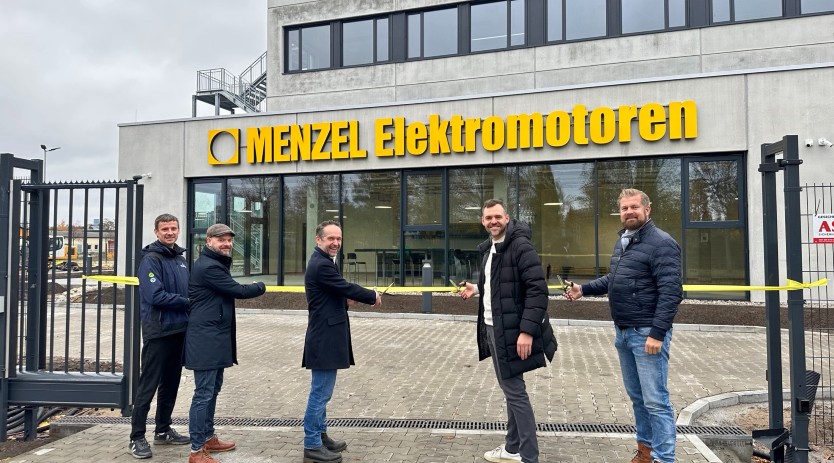
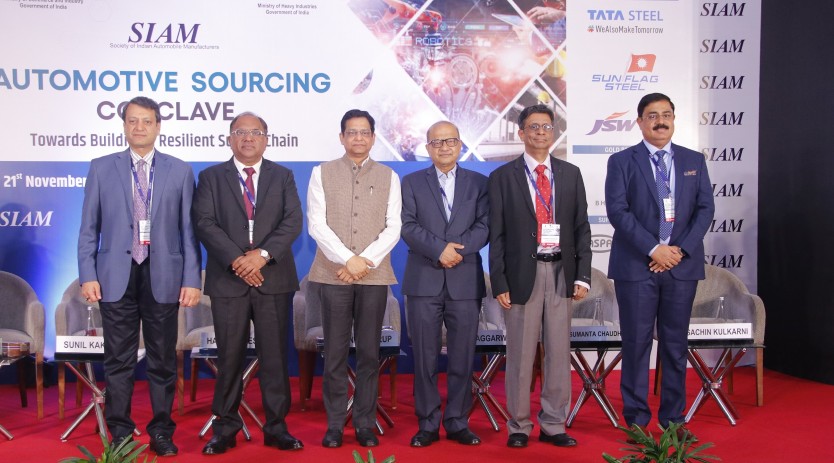
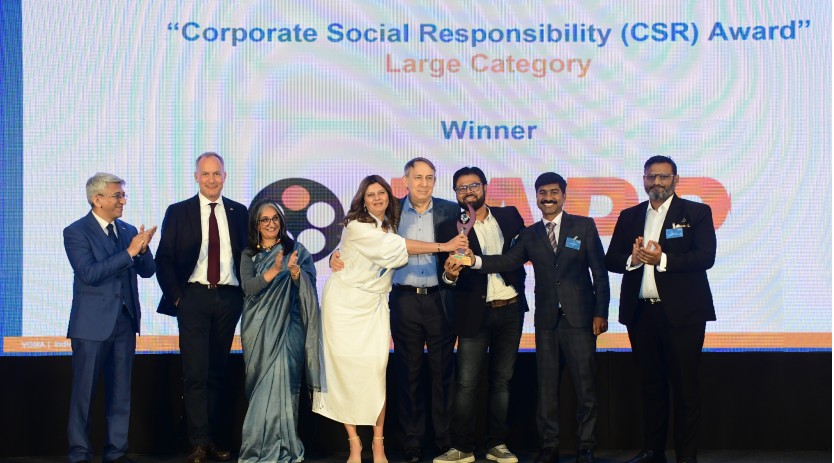



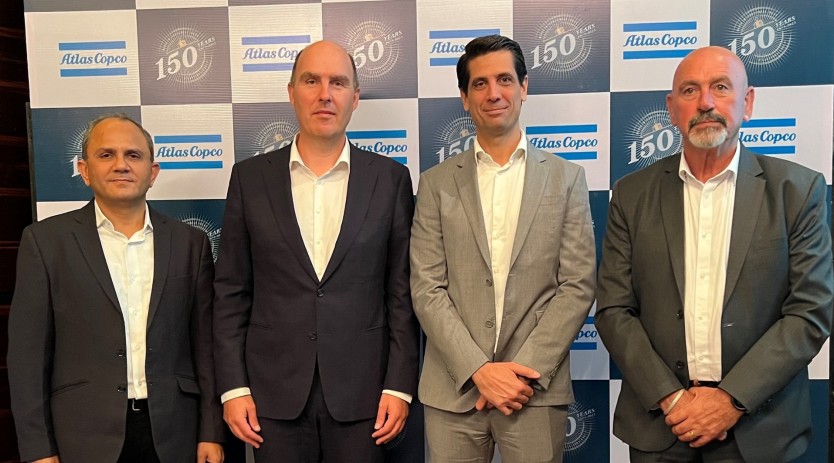
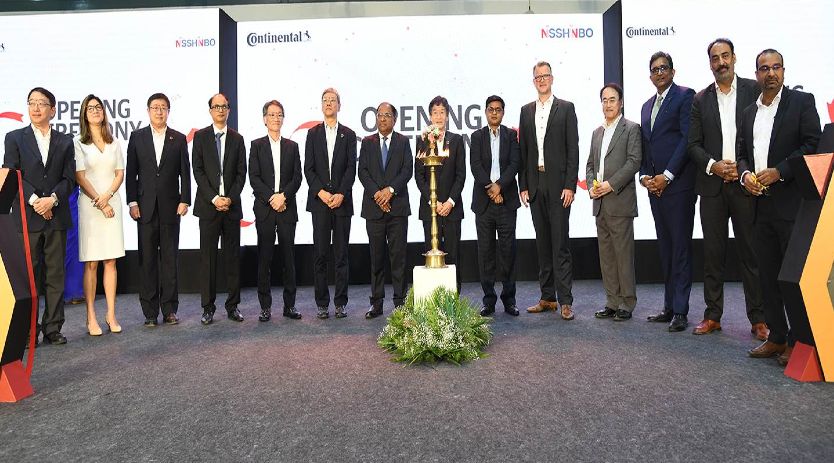

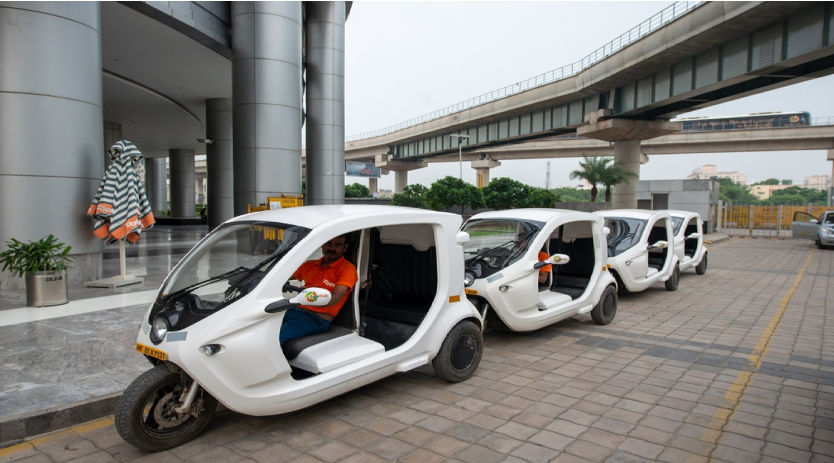




 English
English Hindi
Hindi